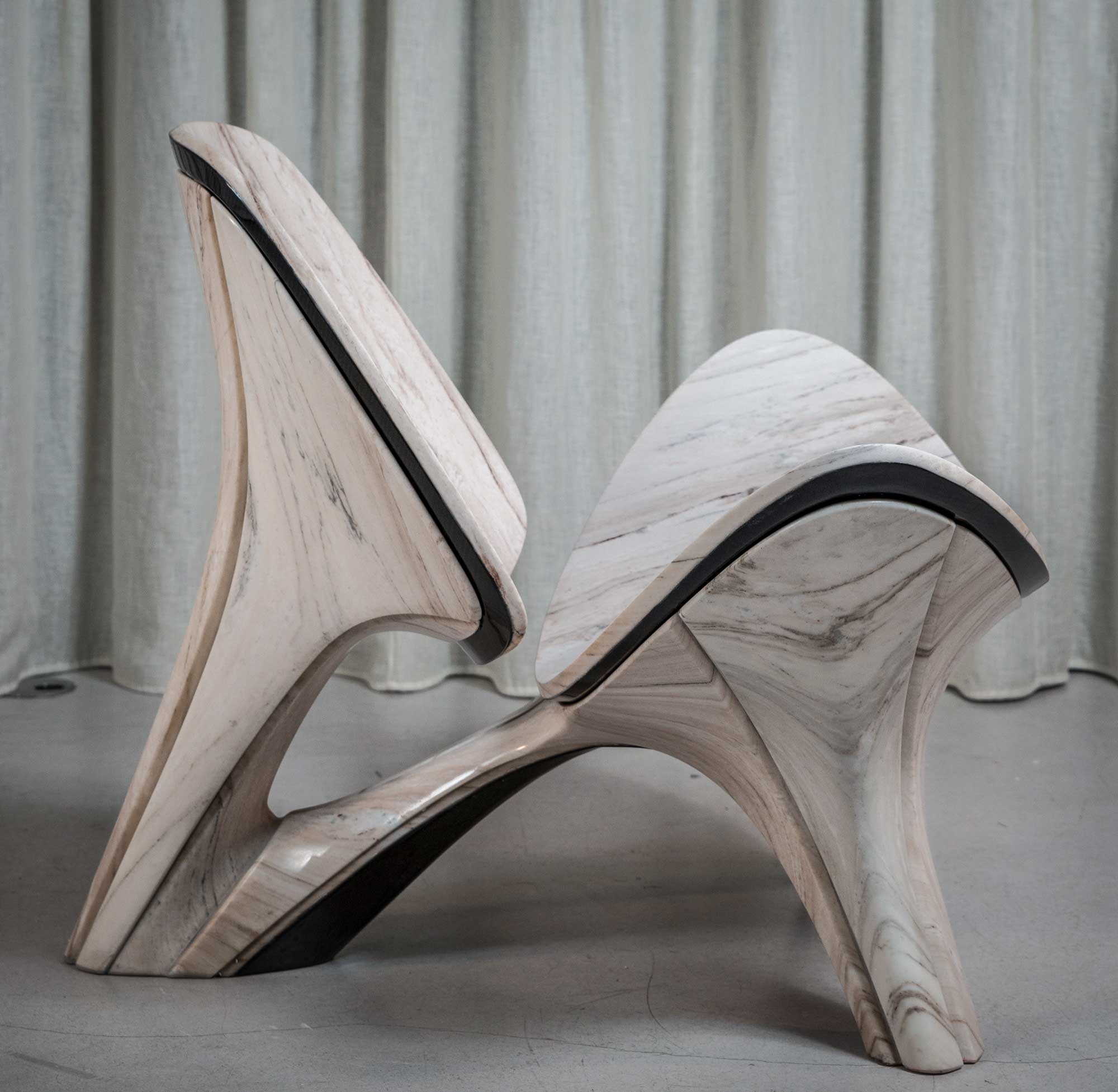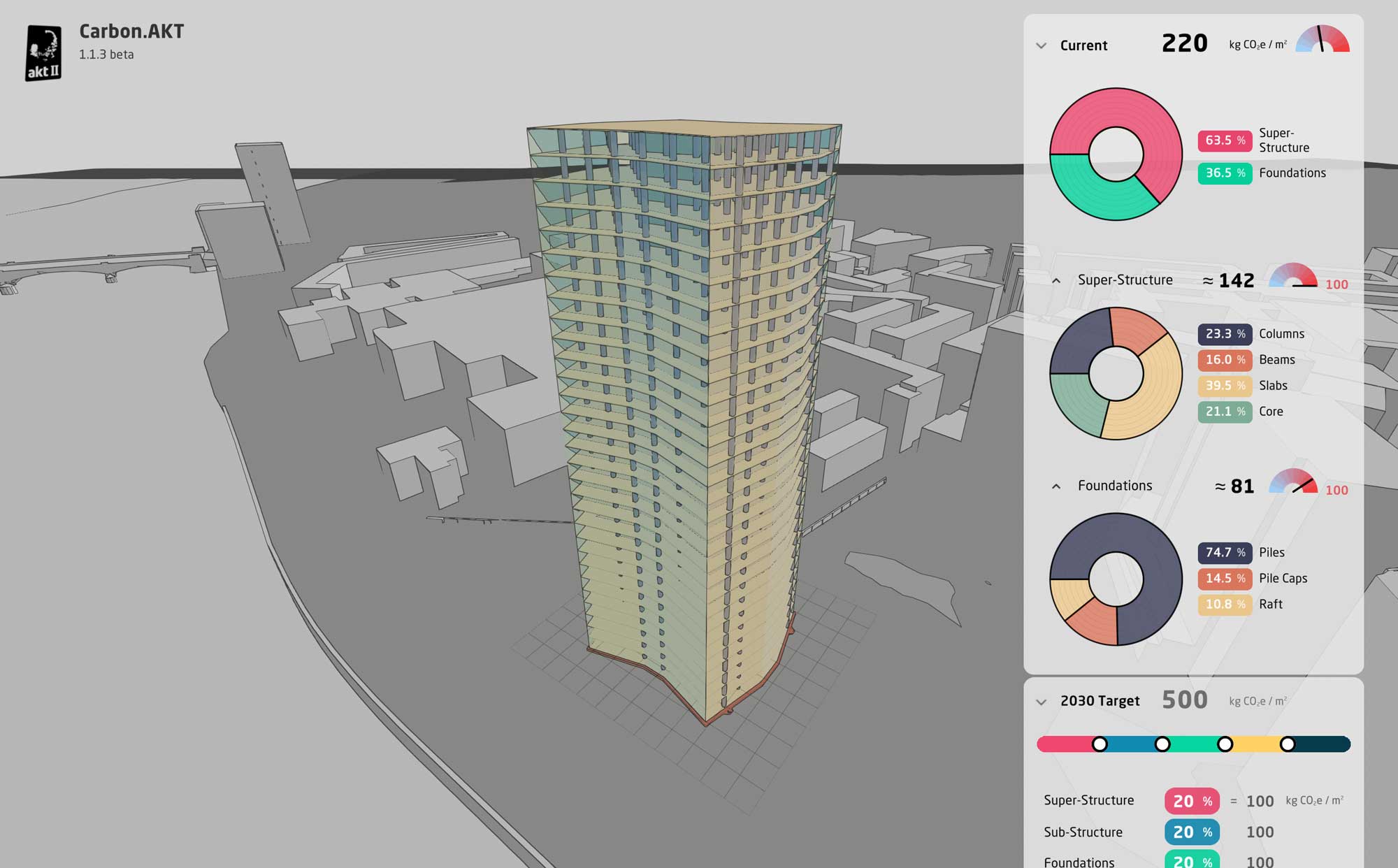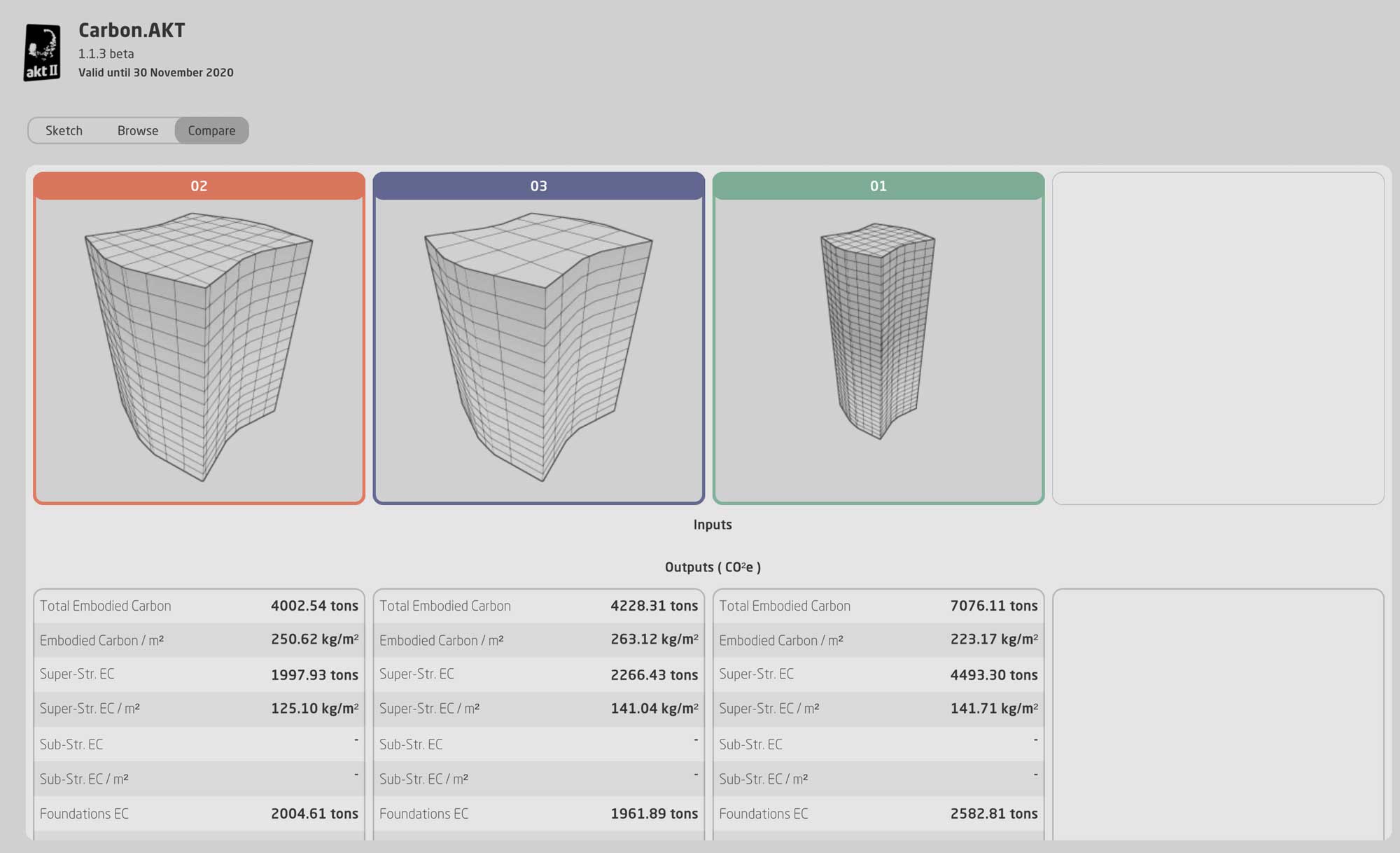The built environment, and the professionals responsible for its creation, must respond to the climate emergency and the world’s changing socio-economic pressures. Adaptability, flexibility, future-proofing and wellbeing are the watchwords that are guiding our search for better ways to build.
Every project and every decision we make is influenced at a fundamental level by a set of ambitious challenges we’ve given ourselves. ‘Designing lean’ demands that we minimise materials, energy and waste. ‘Designing to last’ rules that we create buildings that are durable, fit for purpose and prepared for future needs. The ‘reuse’ mandate ensures we maximise existing fabric before considering a new build. The move to off-site manufacture and modular assembly is another trend in efficiency we endorse and apply whenever possible. And underpinning it all is a circular-economy mindset that we hope will revolutionise our industry. Under each of these rousing banners for change, innovation is presenting new opportunities.

AKT II is at the forefront, exploring technical developments in diverse areas. In software, we’re developing digital exploration tools that use data to investigate the impacts of materials and systems, such as defining embodied carbon. In materials specification, there are many inspiring advancements, including curing concrete with CO2, a process that creates a harder substrate as well as being carbon-neutral.
And we’re interested in structures that can multitask – an example of this is materials with a high thermal mass helping to manage a building’s temperature and reduce the need for mechanical cooling.
To exist at the cutting-edge, we encourage an internal culture of knowledge sharing, and we connect with a wide range of industry R&D groups, forums and academic institutions. In our position as thought leaders in innovation, we’re adding momentum to a tidal shift in the business of building.

